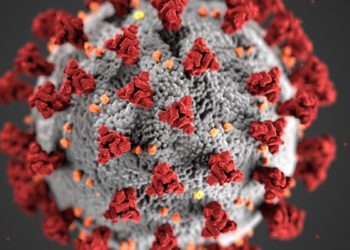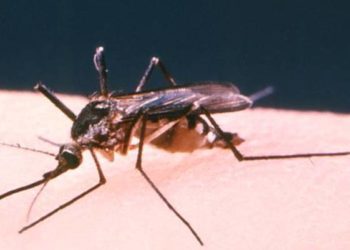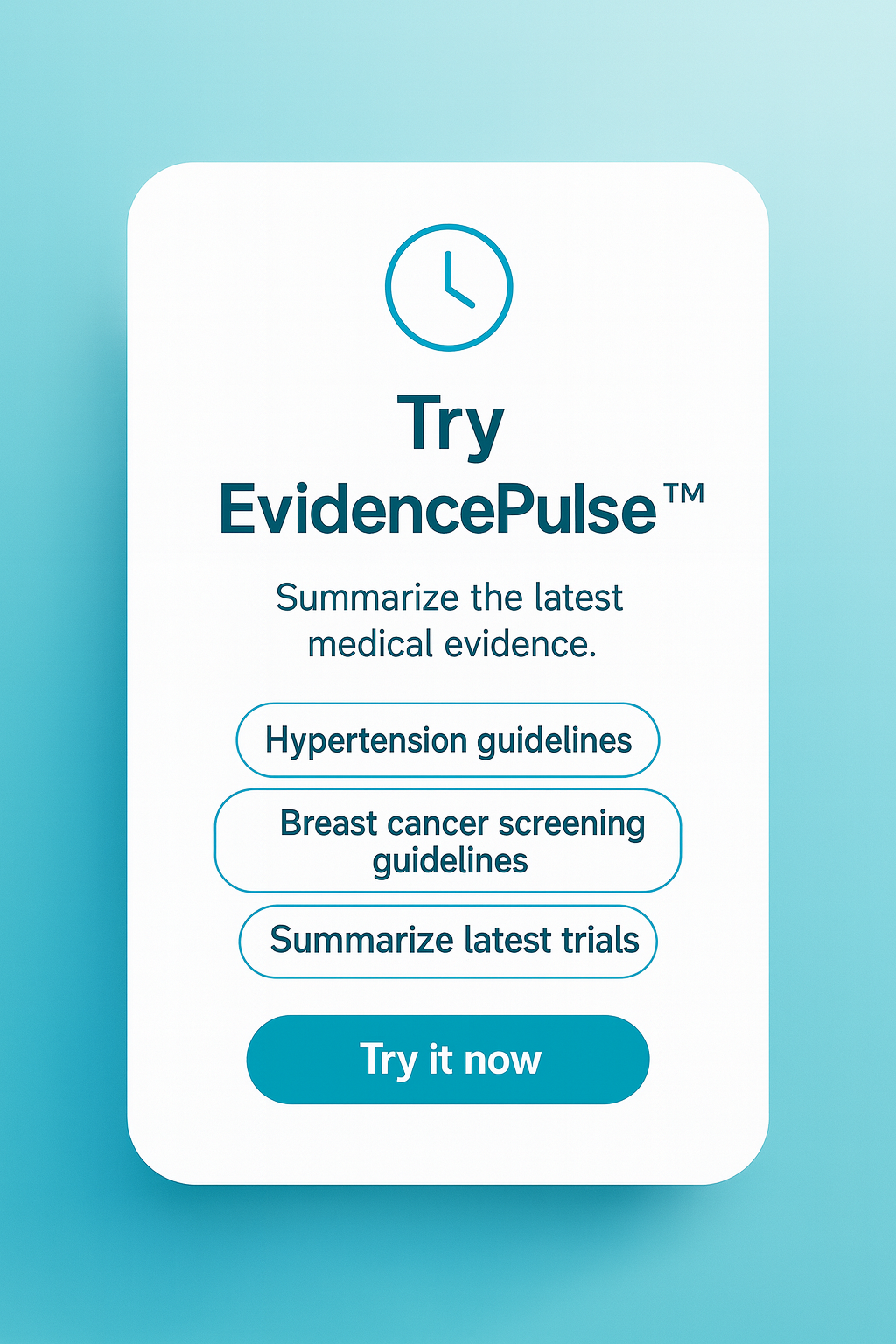Ciprofloxacin is non-inferior to aminoglycoside-ciprofloxacin for bubonic plague treatment
1. In this randomized controlled trial, among patients with bubonic plague, oral ciprofloxacin monotherapy was found to be noninferior to sequential treatment with an injectable aminoglycoside followed by oral ciprofloxacin with respect to incidence of treatment failure.
2. The percentages of patients with a serious adverse event or nonserious adverse event were similar between the two groups.
Evidence Rating Level: 1 (Excellent)
Study Rundown: Plague is a zoonotic disease caused by Yersinia pestis, with human infection occurring via flea bites, direct contact with infectious body fluids or tissues, or inhalation of infectious respiratory droplets. Plague manifests clinically in humans in bubonic, pneumonic, and septicemic forms, with bubonic plague being the most common form and characterized by swollen, painful lymph nodes known as buboes, as well as nonspecific symptoms such as fever, headache, altered mental status, chills, and malaise. While the number of bubonic plague cases has been steadily decreasing over the past century, it remains endemic to Madagascar with a widespread rodent reservoir and high epidemic potential. Several treatment regimens have been recommended, with the 2018 guidelines for the treatment of adults with bubonic plague in Madagascar recommending a three-day course of injectable aminoglycoside followed by a seven-day course of oral ciprofloxacin. However, these recommendations are only supported by weak evidence, and aminoglycosides suffer from numerous shortcomings, including the need for injection and significant side effects. The present trial evaluated the noninferiority of ciprofloxacin monotherapy to sequential aminoglycoside-ciprofloxacin for treatment of bubonic plague. A ten-day course of daily oral ciprofloxacin monotherapy was found to be noninferior to a sequential treatment of injectable aminoglycoside for three days followed by oral ciprofloxacin for seven days. While ciprofloxacin monotherapy did not meet the criterion for noninferiority when a reduction in bubo size of less than 25% was included as an additional component of treatment failure, this composite measure is not considered to be clinically meaningful.
Click to read the study in NEJM
In-Depth [randomized controlled trial]: This multicenter, randomized, controlled trial evaluated the noninferiority of ciprofloxacin monotherapy to an aminoglycoside-ciprofloxacin sequential combination for treatment of bubonic plague in Madagascar. Patients of any age and sex who had clinically suspected bubonic plague with a history of fever, one or more buboes, and residence in or travel to a plague-endemic area within 14 days before the onset of symptoms were included. Patients were randomly assigned in a 1:1 ratio to receive ciprofloxacin monotherapy or an aminoglycoside (streptomycin or gentamicin) followed by ciprofloxacin. The primary efficacy outcome was treatment failure assessed on day 11 via a composite endpoint consisting of death, fever, development of secondary pneumonic plague, or receipt of additional treatment for plague. A total of 450 patients were included in the study, with 221 assigned to receive ciprofloxacin monotherapy and 229 assigned to receive aminoglycoside-ciprofloxacin. Treatment failure occurred in 9.0% of patients in the ciprofloxacin monotherapy group compared with 8.1% of patients in the aminoglycoside-ciprofloxacin group (risk difference, 0.9; 95% Confidence Interval [CI], -6.0 to 7.8), which met the criterion for noninferiority. When a reduction in bubo size of less than 25% was included as a component of treatment failure, the incidence of failure was 46.8% in the ciprofloxacin monotherapy group compared with 36.0% in the aminoglycoside-ciprofloxacin group (risk difference, 10.8; 95% Confidence Interval, 4.3 to 17.3). The percentages of patients with a serious adverse event or nonserious adverse event were similar between the two groups. In summary, a ten-day course of daily oral ciprofloxacin monotherapy was shown to be noninferior to a sequential treatment of injectable aminoglycoside for three days followed by oral ciprofloxacin for seven days. While ciprofloxacin monotherapy did not meet the criterion for noninferiority when a reduction in bubo size of less than 25% was included as an additional component of treatment failure, this composite measure is not considered to be clinically meaningful.
Image: PD
©2025 2 Minute Medicine, Inc. All rights reserved. No works may be reproduced without expressed written consent from 2 Minute Medicine, Inc. Inquire about licensing here. No article should be construed as medical advice and is not intended as such by the authors or by 2 Minute Medicine, Inc.









